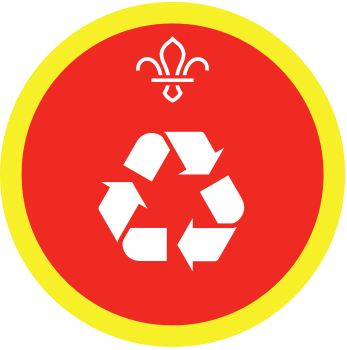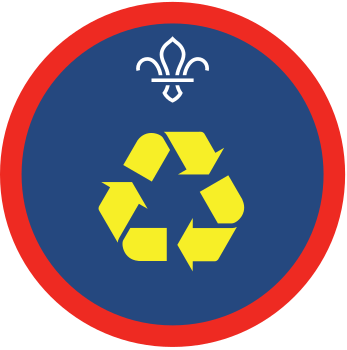
Solar superstars – DIY solar shower
You’ll need
- Plastic bottles, such as fizzy drink bottles, squash bottles or milk bottles – one per group, per pair or per person
- Bin bag
- Drill or hammer and nail
- Protective safety goggles – one per group
Before you begin
- Use the safety checklist to help you plan and risk assess your activity. Additional help to carry out your risk assessment, including examples can be found here. Don’t forget to make sure all young people and adults involved in the activity know how to take part safely.
- Before this activity, ask young people to collect large plastic bottles, such as for squash or milk.
Set the scene
- Ask the young people about Net Zero. Have they heard of Net Zero before? Do they know what Net Zero is? How does everyone think we might be able to achieve Net Zero?
- As a group or in small groups, discuss how using renewable sources of energy can help us to stop burning fossil fuels and reduce our carbon footprint.
- Tell everyone that we might not be able to generate electricity on camp, but we can use renewable energy sources to help us in other ways. One way to do this is using the sun to heat water and that you’re going to try making a solar power shower!
- You could find out if there’s ways your meeting place or camp is being sustainable and share these examples with the group, too.
Start the activity
- Ask everyone to get into pairs or groups. This activity could also be done individually.
- Each group should remove the lid from their bottle.
- They should place the lid face down on a hard surface.
- With adult supervision, using a hammer and nail or drill, the group should take it in turns to make several holes in each bottle lid. Remember to wear the safety goggles. It should replicate a shower head.
- Each group should fill their bottle with water. Try to keep the volume and temperature consistent between the groups.
- Now, tell everyone they’re going to explore heating water using the power of the sun. Ask each group to suggest different places and different ways that we can heat the water in the bottles.
- Next, each group’s going to place their bottles around camp. They’re going to leave them for as long as possible to see how hot the water gets in that time. Will it get hot enough to be able to have a warm shower? Some areas to leave the bottles to try heating the water could include:
- In the sun,
- In the shade,
- In a tent,
- Wrapped in a towel,
- And wrapped in a bin bag.
You might want to leave a note on the bottles if they’re left around the campsite so people don’t pick them up, move them or put them in the bin.
- At the end of the time, gather the bottles up and see what happened to the temperature of the water. Did it make a difference depending on where the bottle was left? Which groups got the hottest and where/how was it left?
Reflection
This activity shows us the power of the sun and how it can help us reduce our carbon footprint. How can we use this knowledge to help us in the future? What does this tell us about how we should be generating electricity in the future?
Safety
All activities must be safely managed. You must complete a thorough risk assessment and take appropriate steps to reduce risk. Use the safety checklist to help you plan and risk assess your activity. Always get approval for the activity, and have suitable supervision and an InTouch process.
- Sharp objects
Teach young people how to use sharp objects safely. Supervise them appropriately throughout. Store all sharp objects securely, out of the reach of young people.
- Hand and electric tools
Inspect tools for any damage before each use. An adult should supervise people using tools, and people should follow instructions on how to use them correctly and safely. Tools should be properly maintained and kept sharp.
Use an appropriate surface and make sure materials are stable and supported when you’re working on them. You should cut and drill away from the body and in an area clear of other people. Be extra cautious of trailing cables and water when using electric tools. Always use a cordless tool if one’s available.
You could challenge each group to come up with their own ideas for places to leave the bottle. You could make the activity into a competition to see which group can get their water the hottest.
Everyone could work in pairs or small groups, so that individuals who may need extra help can work with someone.
If some people may struggle with moving around the space to hide the bottle, you could give that group a space/area to hide the bottle that’s closer to the main camp.
Anyone who might struggle to hit the nails into the lid could have extra adult support to help hold the bottle lid in place or to help use the hammer. They could also be assigned a different task, such as thinking of where their group could hide the bottle.
All Scout activities should be inclusive and accessible.
Can your group create a large-scale version of a solar shower and could you try to use it on camp to wash pots? You might need to use other skills to help you, such as knot tying.



